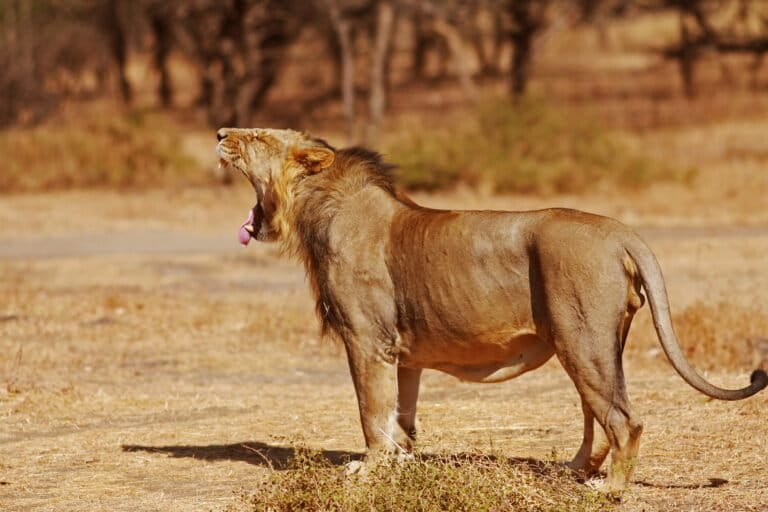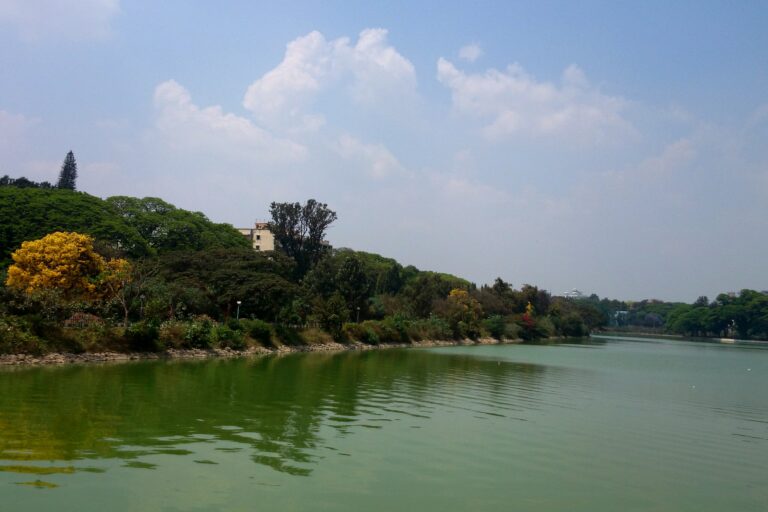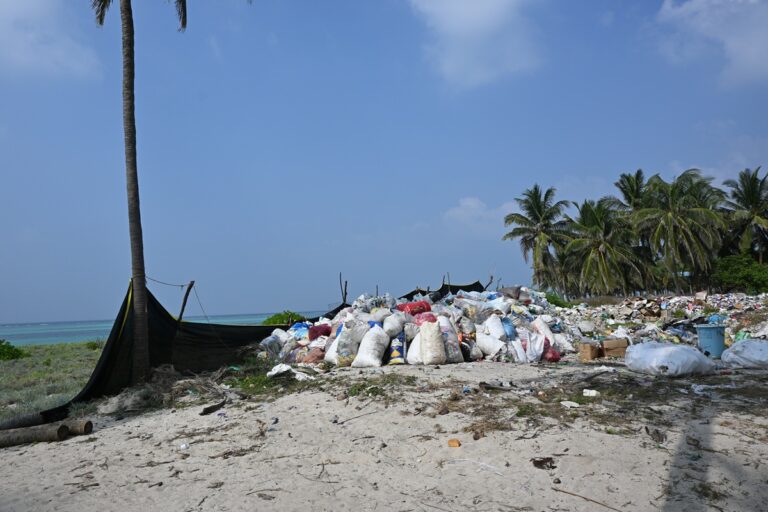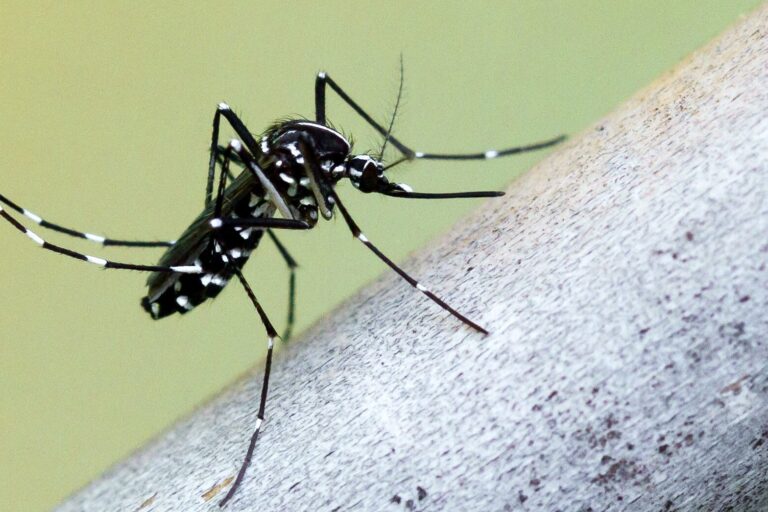- A new television series features India’s forest guards protecting the country’s natural heritage in a variety of challenging landscapes, risking their own lives.
- Green Oscar winner Ashwika Kapur, who presents the series directed by award-winner Krishnendu Bose, says the forest guards are as passionate about protecting India’s natural heritage as the country’s soldiers are about protecting borders.
- Ashwika Kapur says India is severely short on women in the frontline of forest department work and that needs to change immediately.
- On Gandhi Jayanthi, Mongabay-India joins the filmmakers in talking about these unsung heroes who protect our environment.
It’s all in a day’s work for these foresters- dodging poacher’s bullets in grasslands, navigating swampy mangroves with swimming tigers, lugging heavy equipment sliding down an icy Himalayan slope, turning their back on hunting tradition to conserve natural resources, deep-sea diving and setting up India’s first Marine Reserve Diving Centre, driving away rampaging wild elephants in human-dominated landscapes.
Meet the staff of the Indian forests, the stars of the television series on India’s forest guards, ‘Heroes of the Wild Frontiers‘, that pays tribute to the brave men and women on the frontline of conservation. The series is directed by award-winning wildlife filmmaker Krishnendu Bose and presented by science and natural history filmmaker and Green Oscar winner Ashwika Kapur.
Kapur won the Panda Award or Green Oscar for her film “Sirocco–How A Dud Became A Stud”, that tells the “rags-to-riches” story of a celebrity Kakapo parrot – Sirocco, New Zealand’s official spokesbird for conservation. Kakapos are nocturnal, ground-dwelling parrots native to New Zealand and there are so few Kakapo parrots left on Earth today that all of them have names.
Mongabay-India caught up with Ashwika Kapur, to talk about the forest guard series, the foresters and her experiences as a presenter, the scope of wildlife filmmaking in bridging the gap between conservationists and the public and why she thinks certain shows should be replaced with more meaningful content spurring healthy dialogues.

Before we dive into our chat, here’s a brief introduction of the foresters featured in the docu-series who are as Kapur says “as passionate about protecting our natural heritage as our soldiers are about protecting our borders.”
Mohammad Hussain, a mechanical engineer-turned forester, who guards priceless marine resources of Mahatma Gandhi Marine National Park in the Andaman Islands; the ‘Flying Squad’ of the Khuniya range in north West Bengal-ground zero for human-elephant conflict; Khenrrab Phuntsog, who protects the high-altitude Hemis National Park, Ladakh, globally famous for its snow leopard; Shantiram Chhetri who at 60 leads one final anti-poaching operation before hanging up his boots in rhino territory at Kaziranga, Assam; Tangru Sangchoju, who gave up traditional hunting to help conserve Pakke Tiger Reserve in Arunachal Pradesh; and Rajib Nashkar, treads with caution in tiger territory in the labyrinthine Sundarbans mangroves in West Bengal to ward of human-tiger conflicts, despite a close call.
Could you tell us a bit about the places you visited to shoot the TV series? Did you film across a variety of terrains?
Yes, the series was filmed across six very different terrains, each one an ecologically important region in India. We covered the mangrove ecosystem of the Sundarbans with a focus on the swamp tiger. We travelled up to Ladakh to understand snow leopard conservation. We dived into the Indian Ocean to highlight the vulnerability of our coral reefs in the Andamans. We witnessed the war against rhino horn poaching in the grasslands of Kaziranga. We explored uncharted forests in Pakke Tiger Reserve, once notorious for rampant hunting. We investigated the complex landscapes of North Bengal where humans and elephants clash every night.
As a science and natural history filmmaker, how did you see yourself in the role of a presenter?
Most wildlife documentaries made for television are very species-oriented. So as wildlife filmmakers, while we get some amazing opportunities to film animal behaviour, we don’t often get the chance to take a hard look at the conservation stories that unfold behind the scenes. In fact, only a few shows on mainstream television are about the conservation side of things.
So when the opportunity came along to present this series on forest guards, I knew it was going to be an invaluable experience for me. I would get a chance to witness some of the most urgent conservation stories happening in India, meet the actual foot soldiers who do the work in the field and learn things I wouldn’t normally on a usual wildlife shoot.
I was, in fact, looking forward to leaving behind my heavy camera kit to learn and explore and understand the complexities of conservation in India to enrich my own mind and experience.

Did you get pointers on your role? And why do you feel having a presenter made a difference for the TV series?
Making the transition to the front of the camera wasn’t much of a problem. I have faced the camera before, as a child actor when I was growing in Bengal. But of course, pointers were always very welcome! I recall the director (Krishnendu Bose) telling me early on – ‘don’t worry about what you need to say. Just experience it, and the audience will experience it through you.’
In fact, that was the very idea of using a fresh, young, nature storyteller as a presenter. The idea was to allow the audience to learn along with me, and come to know and respect these incredible forest guards just as I did, on each of these explorations.
What struck you most about the life of a forest guard – one lesson that you will carry with you all your life?
The one thing that struck me the most about these guards was their unflinching determination and passion for their work. It’s not just a job for them. Regardless of difficulty or danger, these foot soldiers will face poacher’s bullets, cross paths with deadly tigers and marauding elephants, tackle angry villagers, risk their lives at 17000 ft, work 24×7, rarely meet their families, live in the most incomprehensibly difficult conditions, and carry it all off with a happy smile.
That’s because they are as passionate about protecting our natural heritage as our soldiers are about protecting our borders. For them ‘saving the wild’ isn’t a 9 to 5 job. It is their identity, their way of life, their mission. These men taught me what hard work and dedication really mean. And this, despite the fact that they don’t get nearly as much as the army or police get in terms of facilities, benefits, and salary.
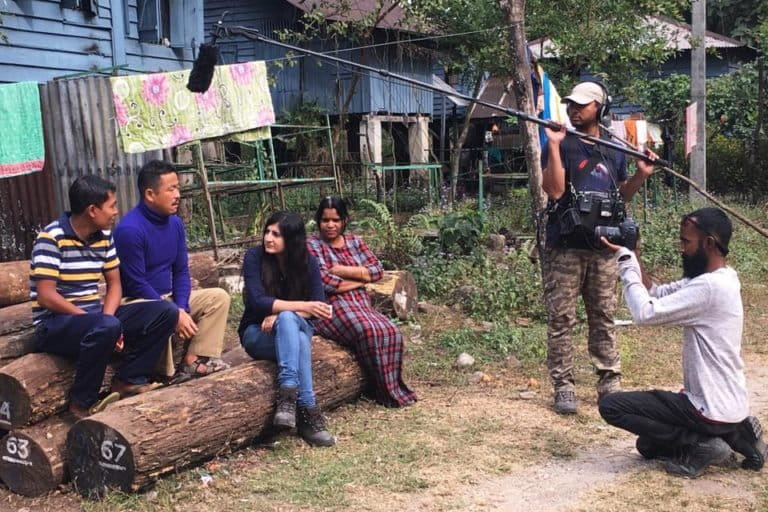
Of all the moments that you shared with the forest guards- which was the a) most frightening b) breathtaking c) heart-wrenching d) sobering one during the filming?
Most frightening –Walking knee-deep in mud in the mangrove forest in the Sundarbans – right in the heart of tiger country. You feel watched. All the time.
Most breathtaking – Watching from barely three feet away, a huge, rare leatherback turtle laying eggs on an uninhabited, pristine island on a full moon night. The only sounds were of the waves and her laborious breathing. Most primitive, beautiful experience ever.
Heart-wrenching – Diving in the Andamans and seeing endless stretches of ghostly white, bleached coral reefs, devoid of colour and life. It was like diving in a graveyard. If there is one place where you can see the effects of climate change tangibly it is in the reefs and it’s absolutely heartbreaking.
Sobering – Experiencing the last working days of a warrior who has spent 30 years defending the rhino from the poachers’ bullets in Kaziranga. Forest guard Shantiram Chhetri’s retirement coincided with our shoot, and even till the night before his retirement, he was conducting anti-poaching operations with the commitment and passion of a young soldier. Kaziranga bid goodbye to one of its bravest men. Experiencing such dedication was truly sobering.

In the time that you spent with them what kind of hardships did you see them experiencing in their duty of a forest guard?
The hardships were countless. First, some of the places they are posted are unbelievable. Take the Sundarbans for example. The floating camps in the middle of the core area of the forest are suffocating small, dark, dank boats that are shared by 4-5 forest guards. It’s frightening. There’s no easy access to fresh water, limited rations, no phone network, no source of entertainment, not even land to step on. Some are posted in these camps for years, on a single boat in the middle of nowhere. I have no idea how they do it, but they do.
Similarly, in places like north Bengal, the elephant flying squad is literally on call 24×7. They have no shifts – no hours. When a call comes, they have to go, no matter what time of day or night. In Pakke it’s no different – some of the camps are so remote that even in emergencies the only ambulance is an elephant! It takes over four hours to reach the nearest medical attention (spot).
And all this besides the fact that they get paid very little, rarely ever see their families, get negligible benefits and are rarely recognised let alone praised for the incredible job that they do.
Can wildlife filmmaking bridge gaps between conservationists/forest officials and the public?
I certainly think it can and absolutely should. In fact, many more documentaries need to be made with the aim to educate rather than just entertain. It’s about time hollow shows like ‘Man vs Wild’ are replaced with more meaningful conservation content that will serve to inspire a new generation into wanting to preserve the natural world and look up to scientists and conservationists as role models.
What would your appeal be to the authorities to make lives easier for these forest guards?
Simply put, there should be no difference between someone in the police, army or forest services. Each is equally vital and it’s about time forest guards are given more importance. They need better salaries, better benefits, and better facilities. They are protecting, at the risk of their own lives, India’s irreplaceable natural heritage. If we have thriving national parks today stretching from the mountains to the oceans, if we have rhinos and tigers to speak of, it is only because of the brave men on the ground who struggle every day to keep these places and these animals safe and protected. They deserve far more recognition and respect.
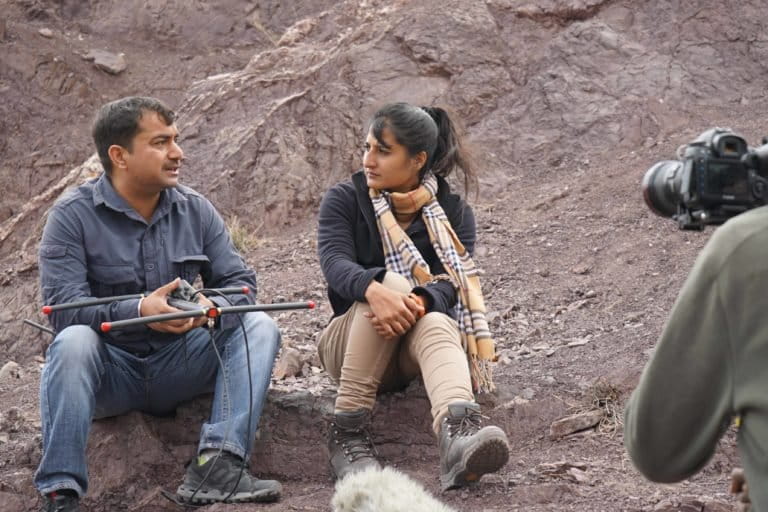
While the tagline says ‘Heroes of the Wild Frontiers, pays tribute to the brave men and women on the frontline of conservation’, none of those featured were women. How can we improve the gender balance in representation of grassroots conservationists in media and also within the forest departments themselves?
The truth is, there are very few women forest guards in India. And that, in my opinion, needs to change immediately. Take Africa for example. Africa’s Black Mambas – the first armed, all-women anti-poaching unit is changing the way that animals are protected – and arresting poachers without firing a single bullet. They work with compassion, they focus on generating awareness and education, and are excellent in changing mindsets at the grassroots level – therefore tackling the problem at the very source.
Women make excellent forest rangers for so many reasons. Except in the Gir forest, the rest of India is severely short on women in the frontline of forest department work, perhaps because old-fashioned patriarchy is still very ingrained in the system. I believe it’s time that changes because it will bring freshness into the system, and no doubt will do a whole lot of good. The government needs to think out of the box and perhaps introduce special training and recruitment schemes for women who wish to join the forest services.

Banner image: Kaziranga’s protectors brave poachers’ bullets to save rhinos. Photo by Earthcare Films.







